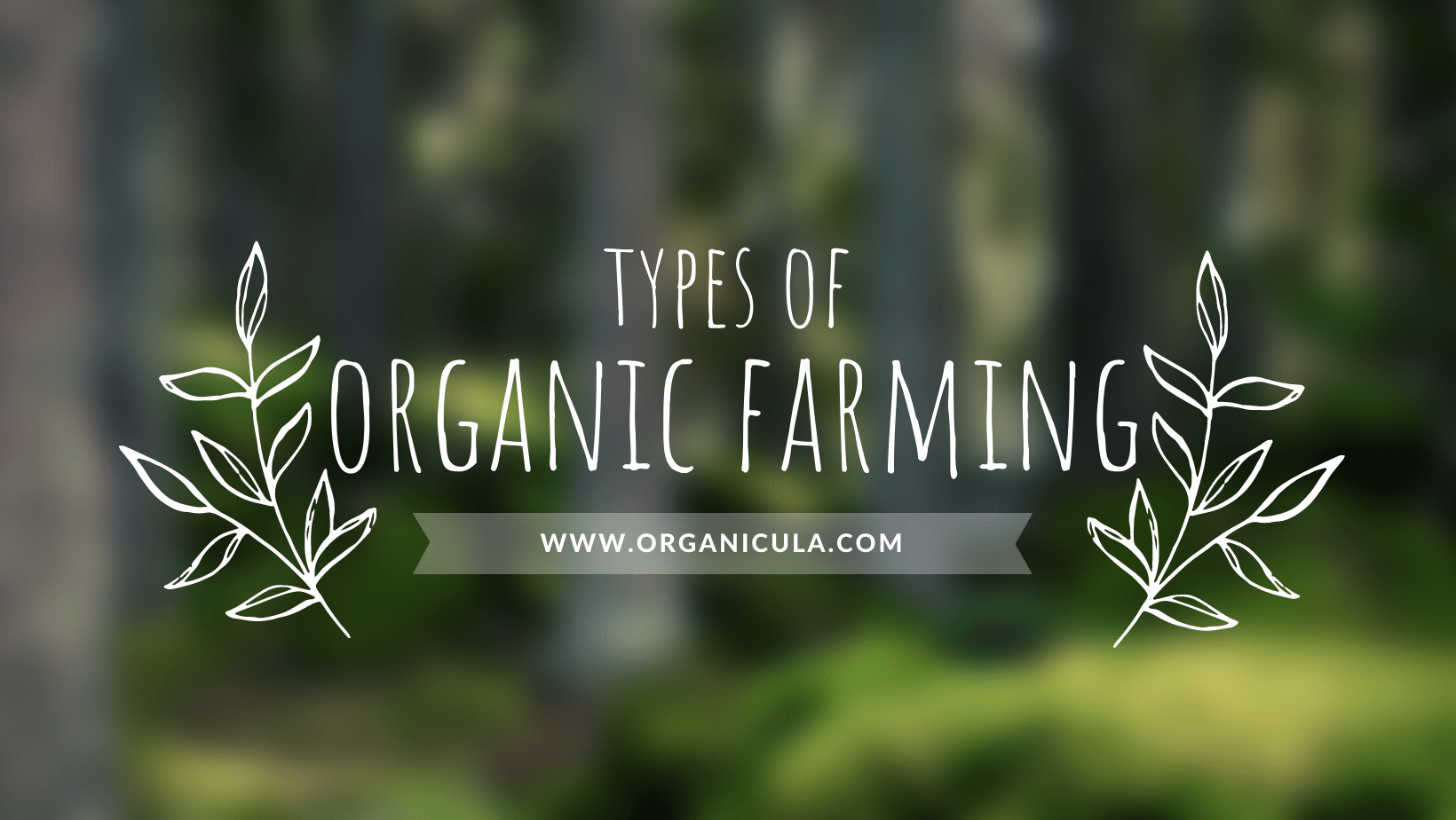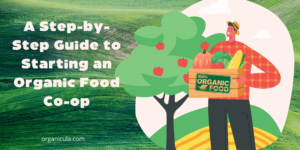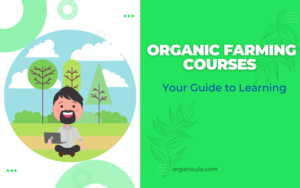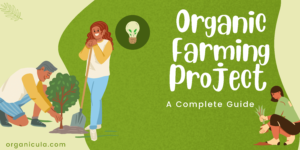Most of us don’t know that there are different practices followed by people worldwide who are growing organically. So as per my knowledge, I am dividing them into the following categories, which you may call different types of Organica farming practices.
1. Biodynamic Farming:
Biodynamic farming is a holistic and spiritual method of farming that seeks to create a self-sufficient and balanced ecosystem. It involves using organic infusions, such as compost and cover crops and stresses using lunar rhythms and heavenly powers to guide farming traditions. Biodynamic farmers often use specially crafted biodynamic preparations, such as fermented plant and animal extracts, to boost soil health and plant growth.
2. Natural Farming:
Natural farming is a type of organic farming that concentrates on working with nature and using natural infusions, such as compost and cover crops, to enhance soil health and boost plant development. Natural farmers bypass synthetic chemicals and depend on natural processes, such as soil biota and natural predators, to control pests and diseases.
3. Permaculture:
Permaculture is a type of organic farming that seeks to create a sustainable and self-reliant system by imitating natural ecosystems. It highlights the use of organic fertilizers, the preservation of resources, and the integration of crops and livestock. Permaculture farming often applies methods such as agroforestry, composting, and cover crops to improve soil health and lower soil erosion.
4. Regenerative Agriculture:
Regenerative agriculture is an approach to improve soil fertility with reduced tillage and by avoiding harmful chemicals. Its purpose is to enhance soil health, improve biodiversity, and produce soil organic matter. This farming often involves cover cropping and intercropping techniques to enhance soil health, raise water retention, and reduce soil erosion.
5. Sustainable Agriculture:
Sustainable agriculture is organic farming that seeks to balance environmental, social, and economic sustainability. It involves the use of organic fertilizers, the conservation of resources, and the integration of crops and livestock. Sustainable agriculture often highlights crop rotation, intercropping, and cover crops to improve soil health and reduce erosion.
6. Agroforestry:
In Agroforestry, trees and crops are grown on the same farm, creating a multi-layered method that can provide various benefits, including enhanced soil health, improved biodiversity, and reduced soil erosion. Agroforestry systems often use trees for food, fuel, and fibre, as well as for shade and soil conservation.
7. Community Supported Agriculture (CSA):
In Supported Agriculture (CSA), farmers and customers have a direct relationship. Customers supply financial support to farmers in exchange for organic fruits and vegetables. This farming can benefit both farmers and customers, as it equips farmers with a regular source of income and customers with fresh, locally-grown crops.
Finally, before concluding, I must say, in my view, each type of organic farming has unique strategies and regulations. The choice of organic farming method depends on the environment and the farmer’s precise needs and goals.



